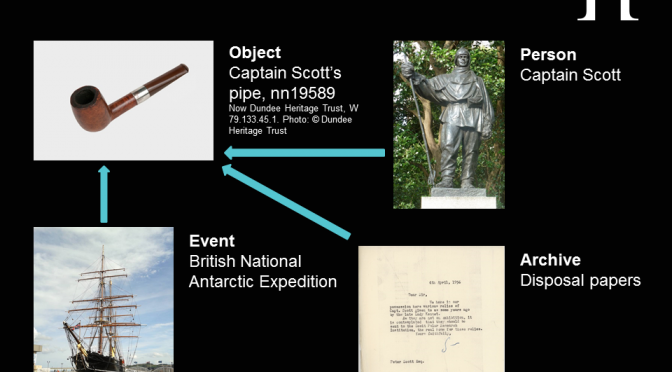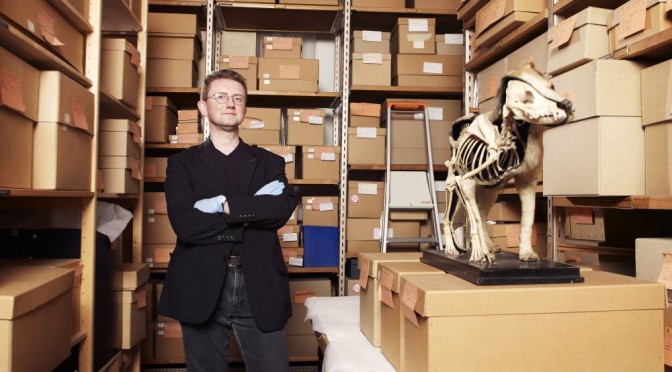It’s been a while coming but … today, 1 September 2023, the CIDOC Documentation Standards Working Group (DSWG) announced the launch of its Exhibition Object Data Exchange Model (EODEM) as a live, finalised standard. Specification files can be accessed via the project’s pages on the CIDOC website, and developers can obtain support via email.
The aim of EODEM is to save people working in museums from wasting their time continually cutting and pasting (or even worse, retyping) information between different collections management systems (CMSs) when they’re borrowing objects for exhibitions.
Continue reading EODEM update 8 – launch


